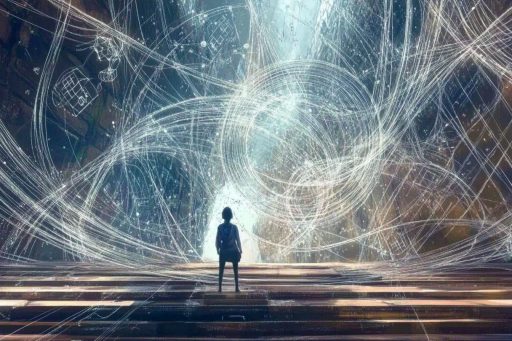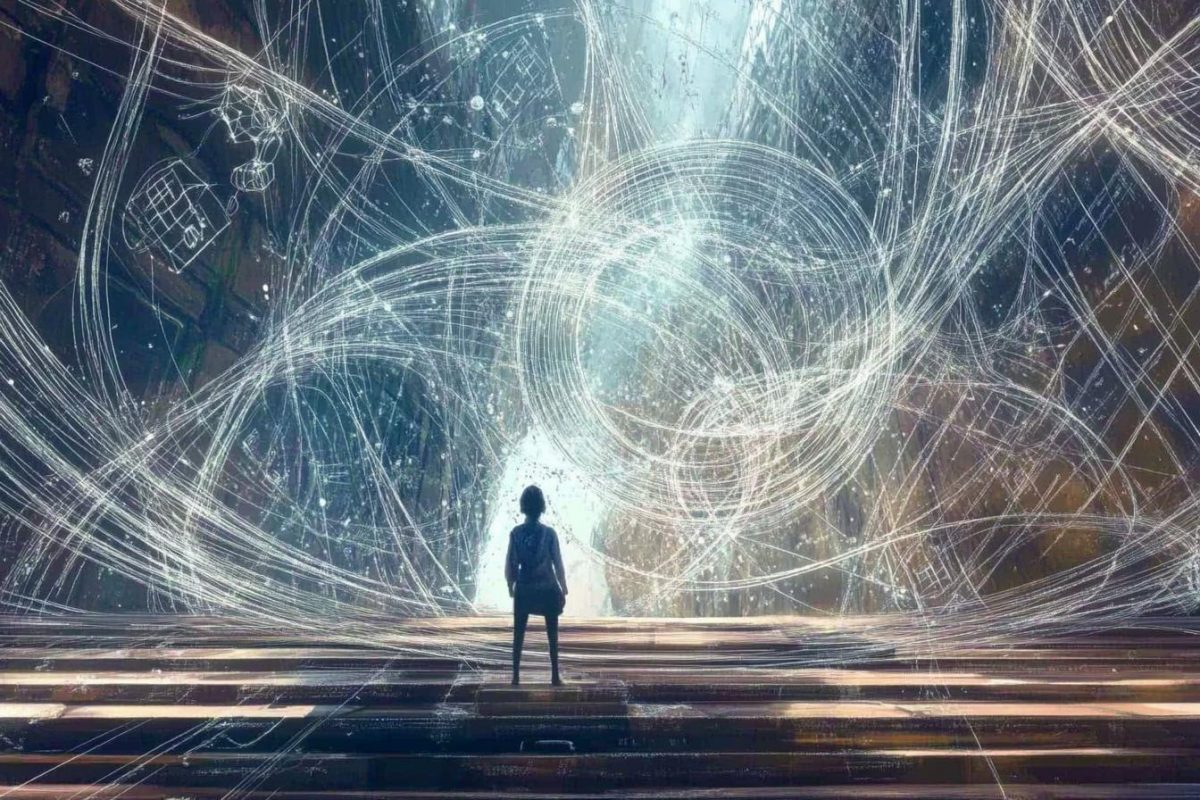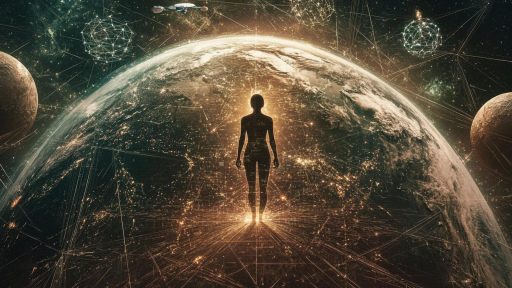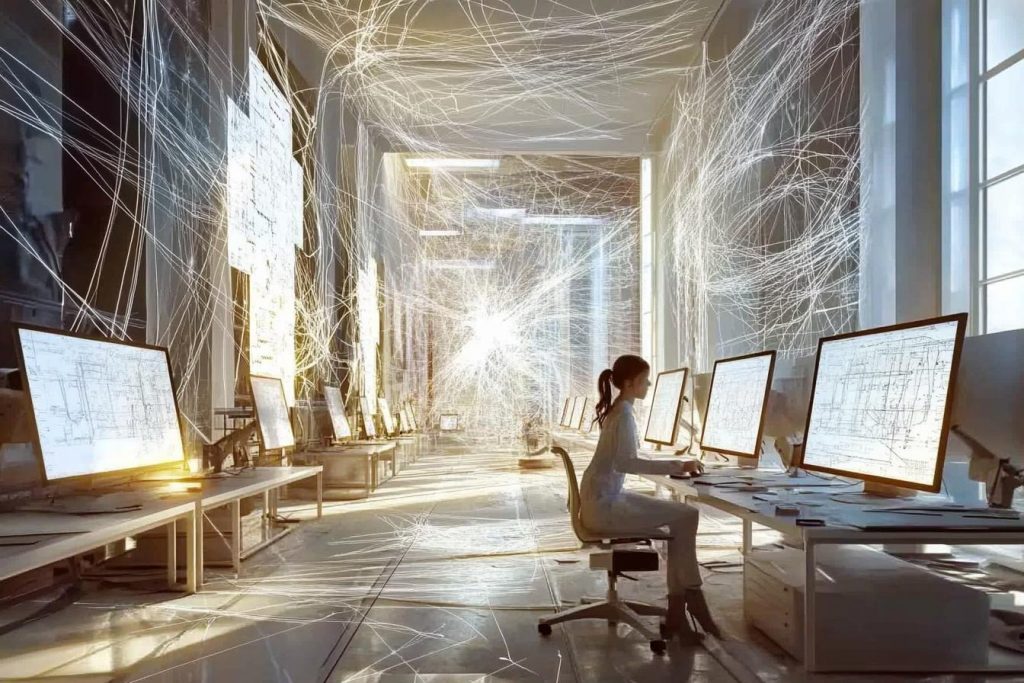
Physics has a way of rewriting reality when we least expect it. From unexpected particle behaviors to mysterious cosmic phenomena, the field is full of moments that have forced scientists to rethink the very foundations of the universe. These aren’t just curious anomalies—they’re paradigm-shifting events that left even the brightest minds baffled. Prepare to dive into the moments that broke the rules and reshaped what we thought we knew.
The Neutrinos That Seemed to Break the Speed of Light
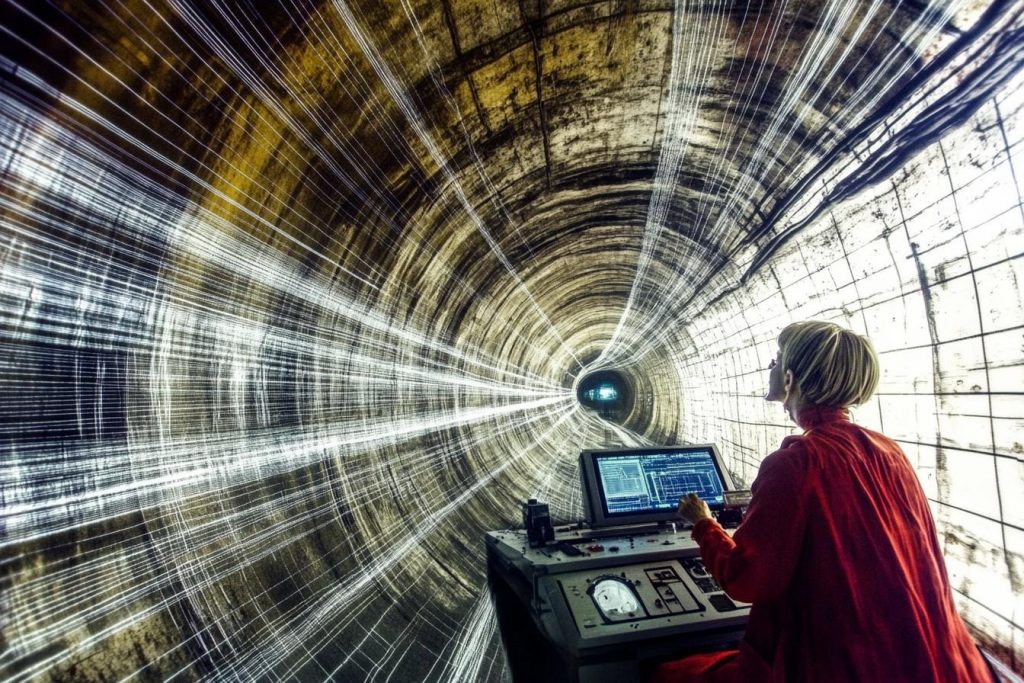
In 2011, the OPERA experiment in Italy recorded neutrinos apparently traveling faster than light—an observation that, if true, would have shattered Einstein’s theory of relativity. The physics world was stunned, scrambling to verify or debunk the data. Ultimately, the finding was traced to a faulty fiber-optic cable, but for a brief moment, reality itself seemed up for grabs. It was a stark reminder of how fragile even the most established theories can be.
The Bizarre Behavior of Time Crystals
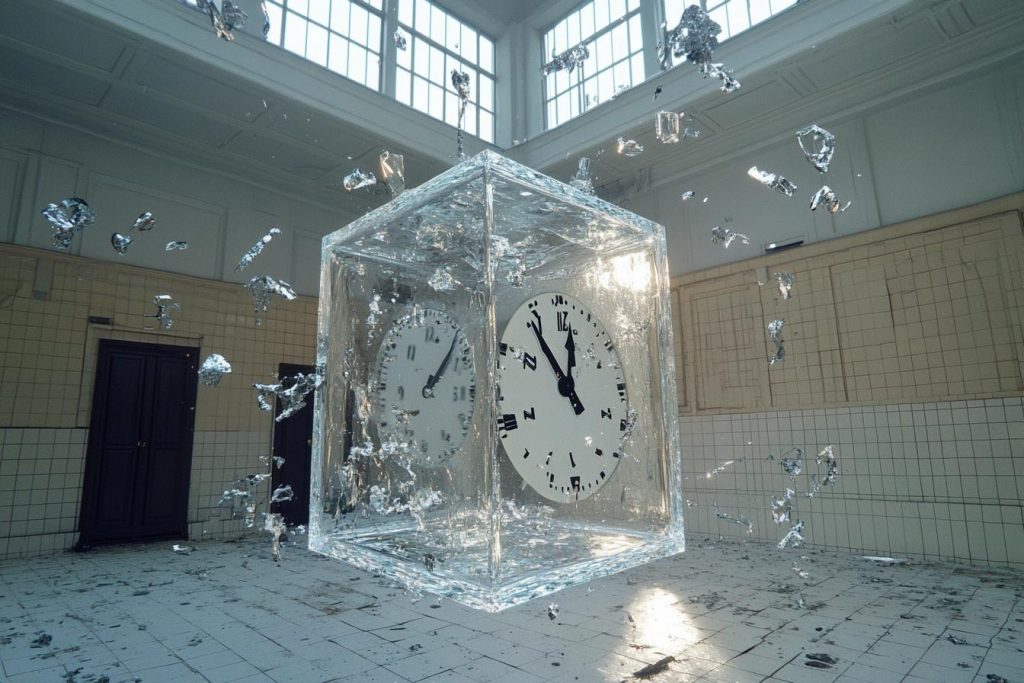
First theorized and then experimentally realized, time crystals are a new phase of matter that seem to defy the conventional laws of thermodynamics. These strange structures exhibit movement without using energy, essentially repeating in time without external input. Their discovery has opened a new frontier in quantum mechanics, with potential applications that range from quantum computing to a deeper understanding of symmetry in the universe. Physicists were left grappling with how something so unorthodox could actually exist.
The Double-Slit Experiment’s Quantum Weirdness
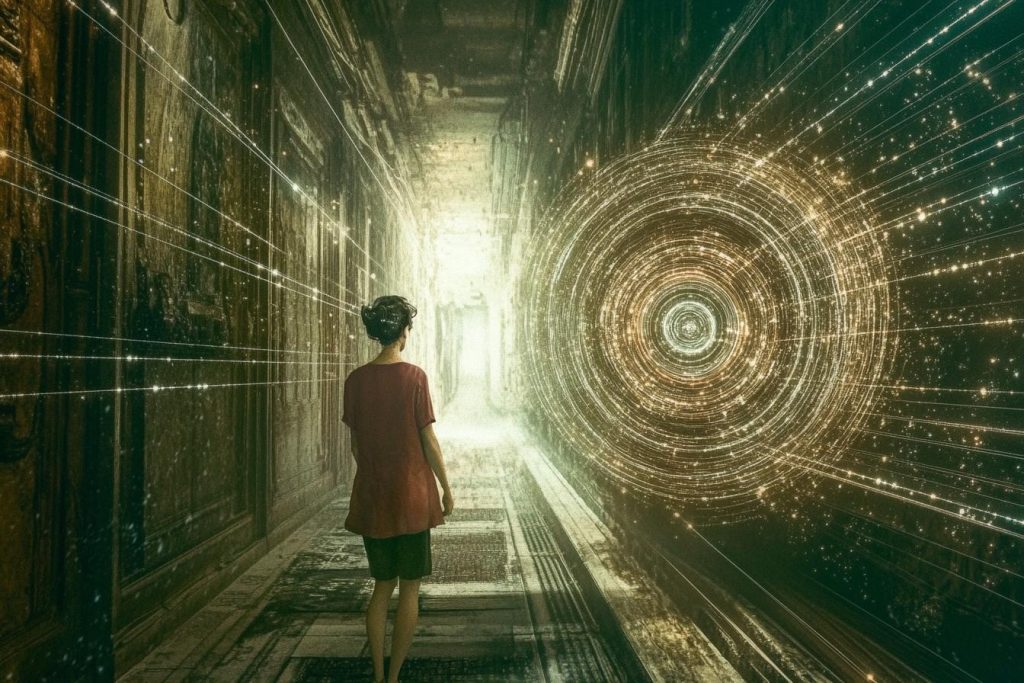
This classic experiment continues to perplex scientists more than a century after it was first performed. When particles like electrons are fired through two slits, they behave like waves—until observed, at which point they act like particles. The act of observation itself appears to influence the outcome, suggesting consciousness may play a role in quantum reality. It’s an unsettling and mind-bending revelation about the nature of existence.
The Discovery of Gravitational Waves
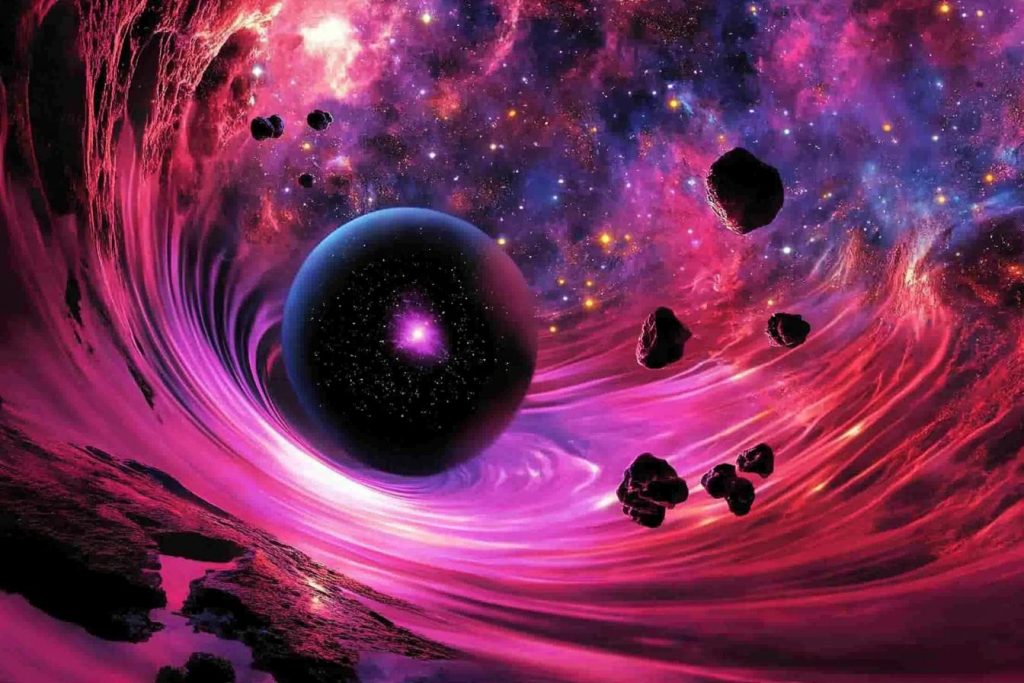
Predicted by Einstein but never observed until 2015, gravitational waves confirmed the existence of ripples in the very fabric of space-time. Detected by LIGO, these waves originated from the collision of two black holes over a billion light-years away. It was the first time we had ever “heard” the universe in this way, and it marked the birth of gravitational wave astronomy. The implications for understanding cosmic events are still unfolding.
The Magnetic Monopole That Shouldn’t Exist
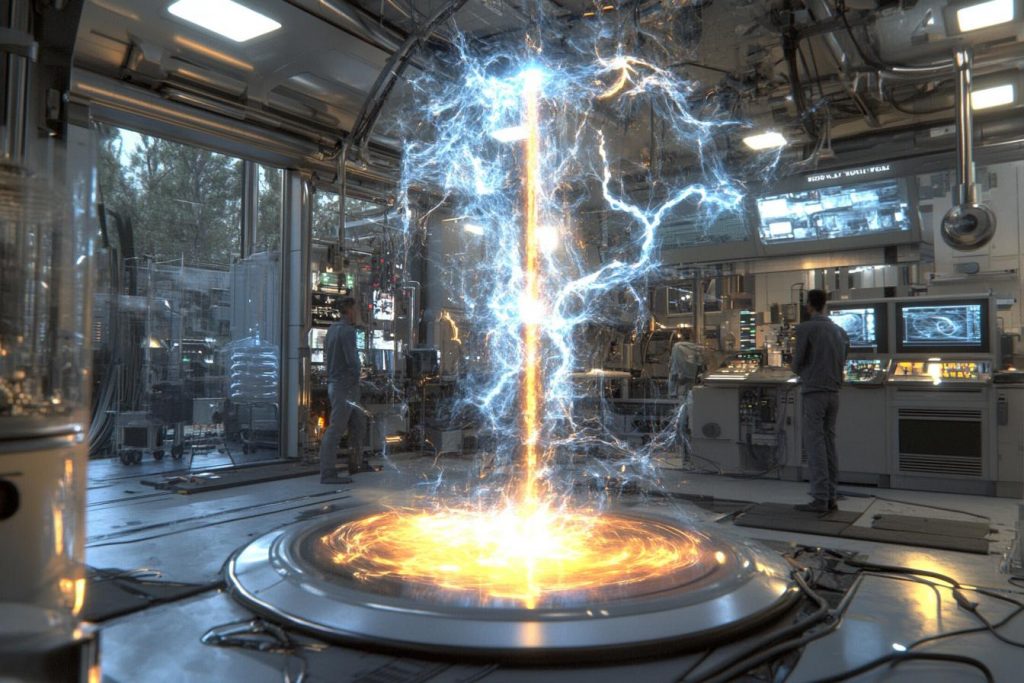
In a lab experiment in 2014, scientists detected something resembling a magnetic monopole—an object with only one magnetic pole. Traditional physics says these shouldn’t exist in isolation, as all magnets have both north and south poles. Yet here it was, challenging the very basics of electromagnetic theory. Though synthetic, it cracked open the door to long-held theoretical possibilities.
The Particle That Disobeyed the Standard Model
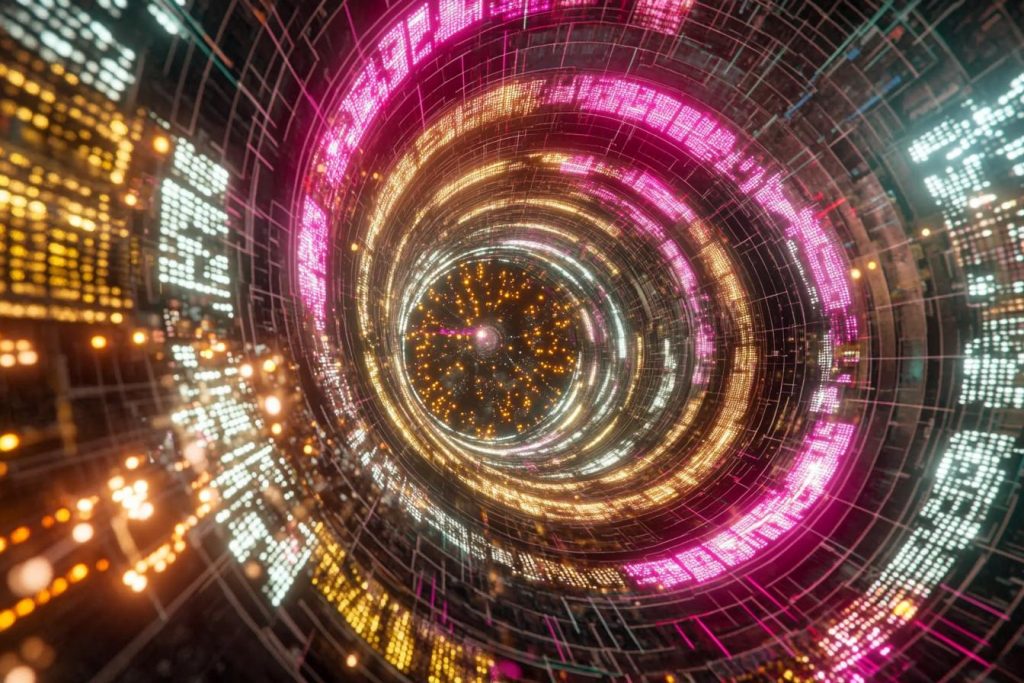
The muon g-2 experiment at Fermilab revealed a strange discrepancy in the magnetic moment of the muon, a heavier cousin of the electron. The results don’t match predictions made by the Standard Model of particle physics, suggesting there might be new, unknown forces at play. Physicists were stunned—this wasn’t just a tiny error; it could be the tip of a new physics iceberg. The world of subatomic particles just got even more mysterious.
The Strange Case of Quantum Entanglement
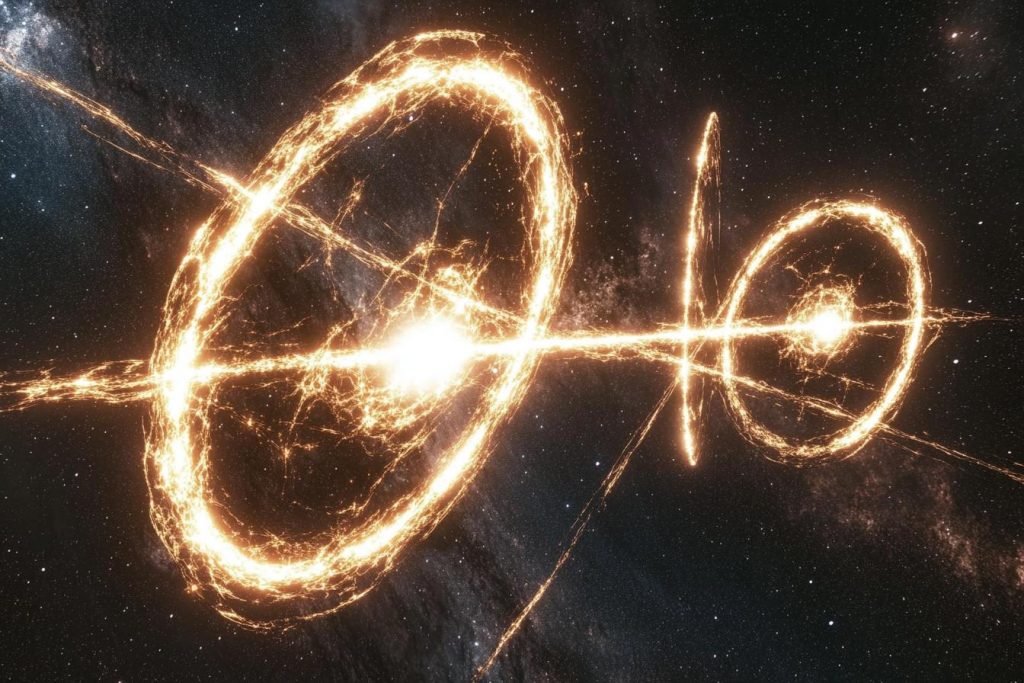
Einstein called it “spooky action at a distance,” but quantum entanglement is now a verified phenomenon where particles remain connected across vast distances. Measuring one instantly affects the other, defying any explanation grounded in classical physics. It challenges our understanding of space, time, and information transfer. What’s more shocking is that it’s not science fiction—it’s scientific fact.
The Cold Fusion Controversy
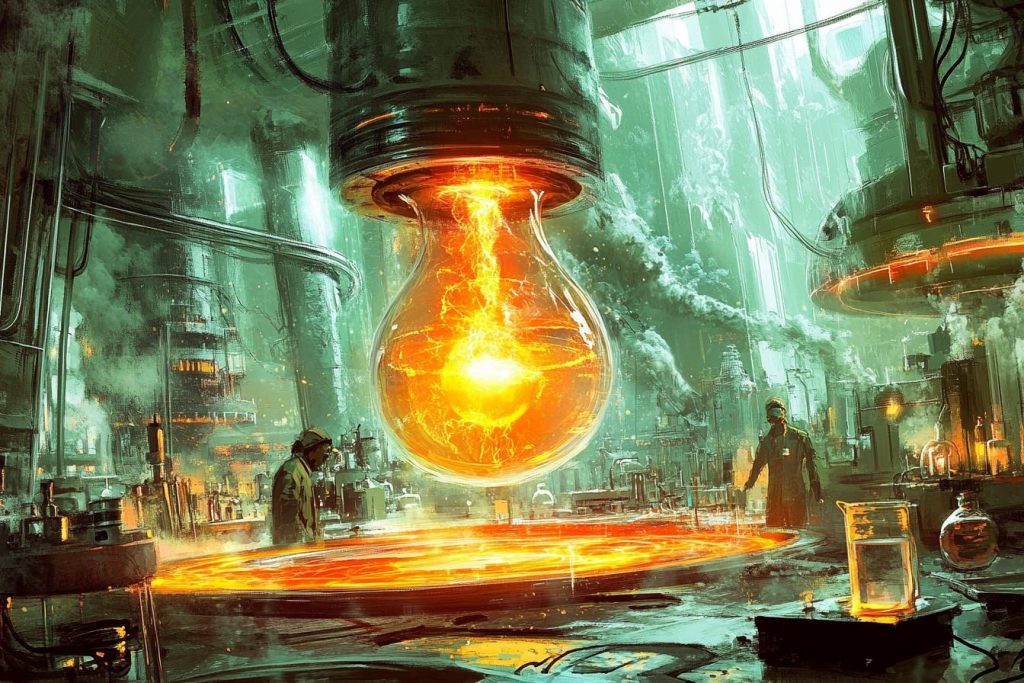
In 1989, two chemists claimed they had achieved nuclear fusion at room temperature—a feat considered impossible by mainstream physics. The announcement set off a media firestorm and was later met with widespread skepticism after other labs failed to replicate the results. Still, the event pushed scientists to reconsider what might be possible under unknown conditions. The dream of limitless clean energy, however elusive, still haunts the field.
The Anomalous Results at the Large Hadron Collider
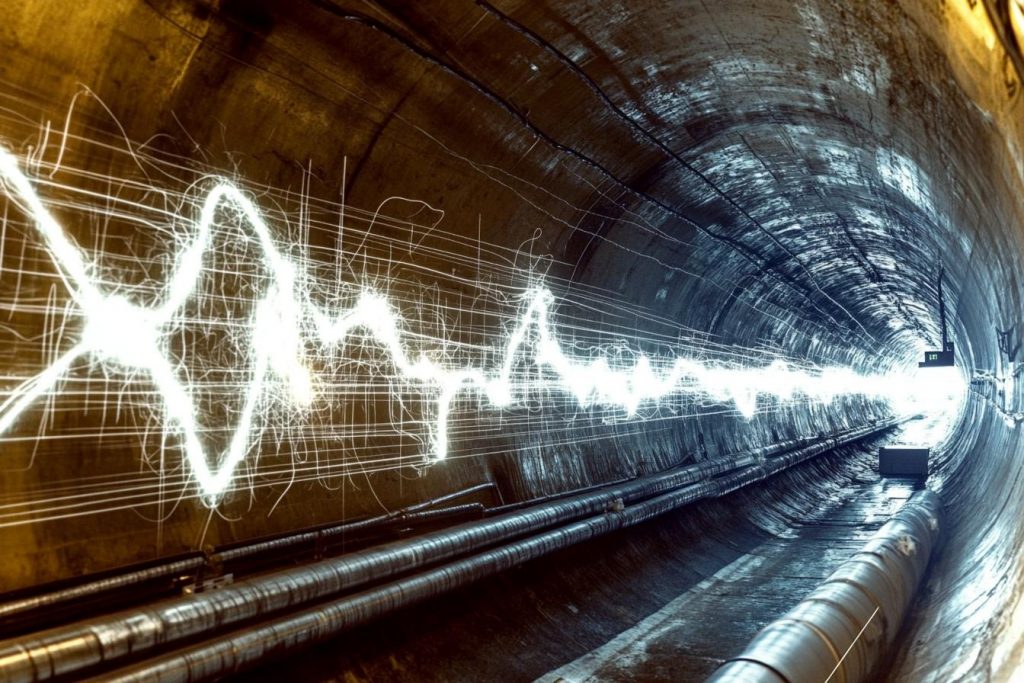
In recent years, experiments at CERN’s Large Hadron Collider have returned data that don’t quite line up with theoretical expectations. Certain particle decay patterns appear to violate lepton universality, a foundational assumption in the Standard Model. These anomalies may point to the existence of new particles or even dimensions. While unconfirmed, they’ve left physicists both thrilled and bewildered.
The Superconductors That Behave Like Black Holes
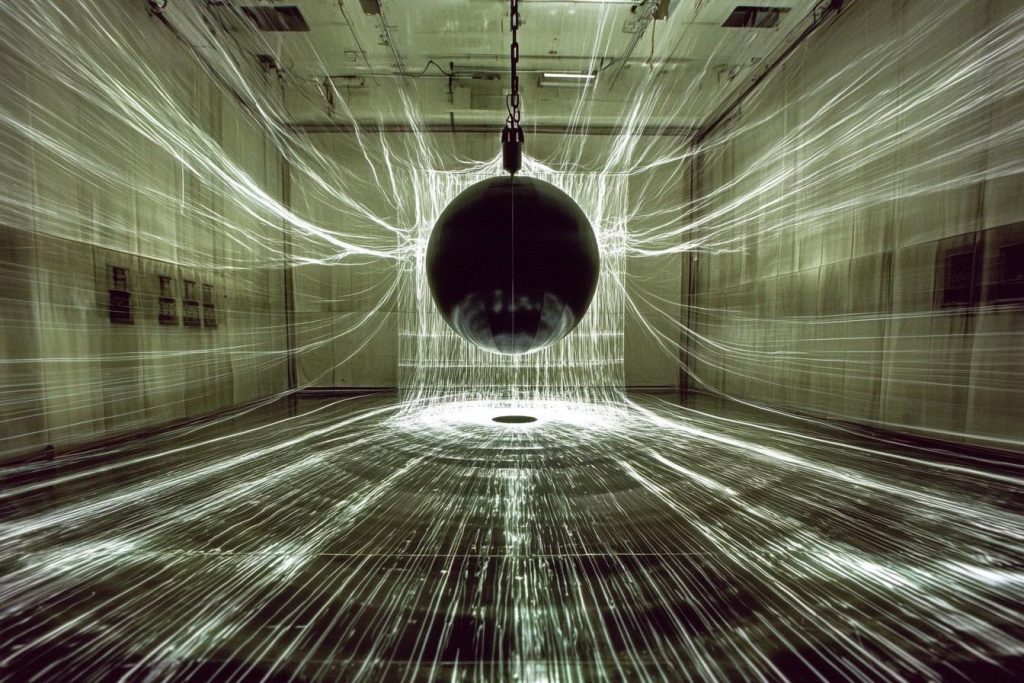
In a strange twist of theory meeting observation, physicists found that some high-temperature superconductors exhibit behaviors that mimic those of black holes. Specifically, the way electrons organize and move in these materials mirrors how information is distributed across the surface of a black hole. The overlap between condensed matter physics and cosmology was completely unexpected. It raised questions about whether the rules of the universe are more unified than we thought.
When Reality Bends: The Quantum Mirage
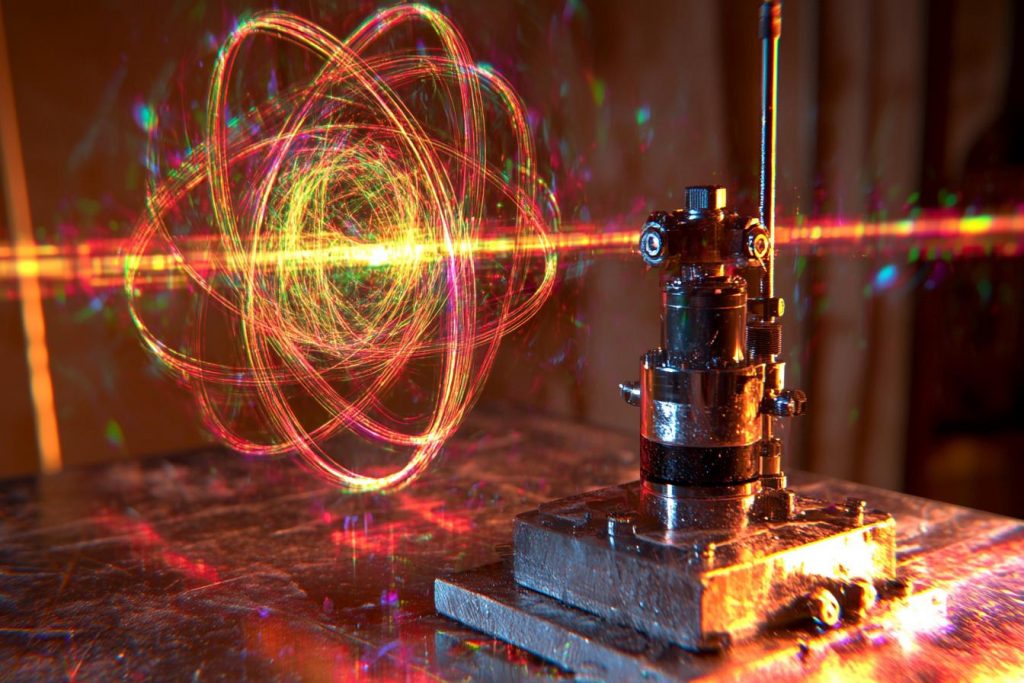
Physicists once observed an astonishing phenomenon where a quantum effect created a “mirage” of an atom in a place it didn’t physically exist. The effect—known as a quantum mirage—allowed information to be transferred without any particle physically moving. This surreal outcome defied classical logic and seemed to hint at teleportation-like principles. It was a glimpse into a reality that doesn’t play by our rules.
When the Laws of Physics Blink

Each of these events left physicists momentarily speechless, forcing a reexamination of long-held assumptions. Some turned out to be errors or outliers, while others cracked the door open to entirely new branches of understanding. The most stunning part isn’t just that the universe broke the rules—it’s that we had to rewrite the rules to keep up. In the shadows of certainty, it seems, wonder still waits to be discovered.

